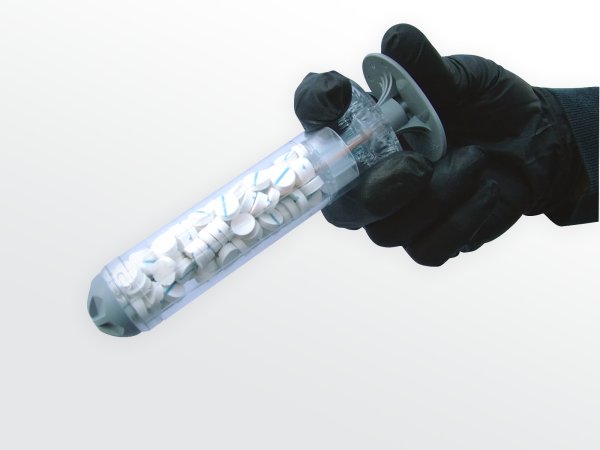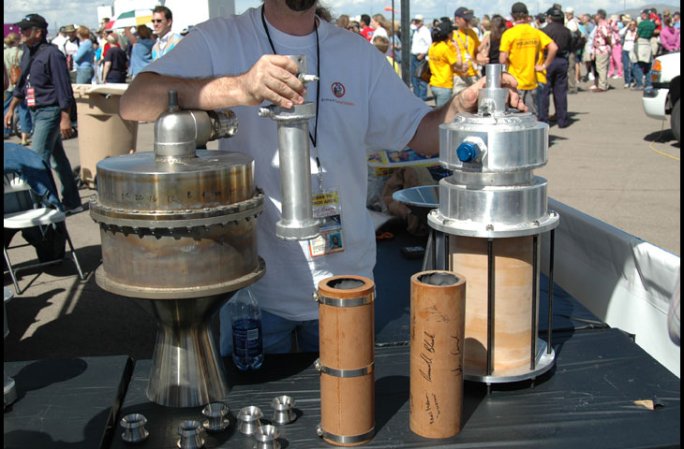

As his convoy rode toward Balad, iraq, on a 116-degree day last July, U.S. Army Staff Sergeant Robbie Doughty sat facing out the side of a Humvee, gun in hand, scanning the roadside to head off an ambush. Then: boom, and smoke everywhere. When Doughty looked down, blood was gushing, most of his right leg was gone, and his left leg had taken a dogleg at the shin.
Doughty, 30, from Paducah, Kentucky, fought to stay conscious as three medics rushed in and affixed a tourniquet, a splint and an IV. Within minutes the field ambulance arrived–a modified Humvee stocked with oxygen tanks, a cardiac defibrillator and other emergency medical gear. “We’re in the middle of nowhere,” Doughty recalls, “and all of a sudden there’s a mini emergency room.”
One out of every 12 wounded soldiers died in the Iraq war between January and October 2004. In Vietnam, that figure was one in four. The reason: improved body armor, communications equipment and on-the-ground medical forces. Interceptor Body Armor–a Kevlar vest with two boron-carbide ceramic-and-fiber-reinforced inserts–cracks incoming bullets and catches the fragments, blocking small-arms fire better than any previous armor. At 16 pounds, it’s also lightweight enough that soldiers actually wear it (if they can get their hands on it, that is; supplies were tight early in the war). When soldiers are injured, HemCon bandages, which debuted in Iraq, stanch heavy bleeding. The bandages use chitosan–a sugary, positively charged molecule found in shrimp shells–to attract negatively charged blood cells and trigger clotting. They also become adhesive when wet, sealing the wound site.
Battlefield medics can now retrieve any soldier’s drug allergies, medications and medical histories from a handheld, PDA-like device called BMIS-T, enabling them to document a patient’s diagnosis and receive a suggested treatment plan in seconds.
One consequence of so many more soldiers surviving severe battlefield wounds is a surge in demand for prosthetic limbs. Amputee soldiers receive high-tech prosthetics such as the Otto Bock Speed Sensor Hand, which uses a motion-sensing thumb and a microprocessor to sense a slipping object and adjust grip, or the company’s $50,000 C-leg, a microprocessor-controlled artificial knee that senses pressure from the foot and responds 50 times a second.
Today Robbie Doughty wears a C-leg on what remains of his right leg. “I just bought a new bike before I went to Iraq,” he says, “and I’m hoping I can get back on it.”













